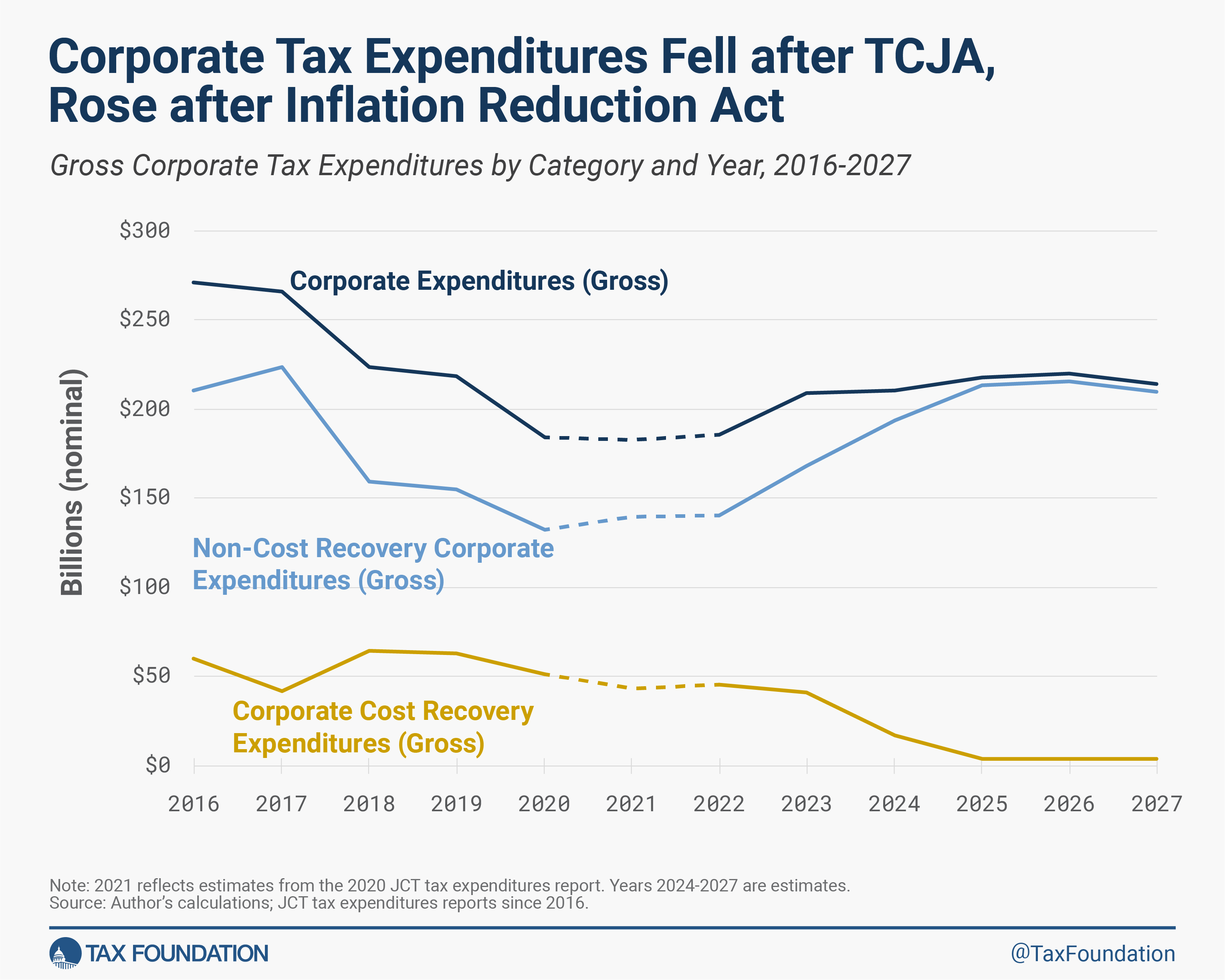Tax Foundation Europe
The OECD’s Pillar 2 aims to establish a minimum global
taxA Tax is a mandatory payment collected by local, State, and National governments from individuals and businesses to cover the cost of general government goods, services, and activities.
The flat tax is an income tax that is applied to all taxable income regardless of the income level or assets.
It may not eliminate competition for investment and income, but it could change the way countries compete for investment to less transparent, less efficient methods. Ultimately, it may not eliminate competition for investment and income; it may just change the way countries compete for investment to less transparent, less efficient methods.How Pillar Two Affects Different Kinds of CountriesPillar Two’s effects on countries’ tax regimes will depend on their level of development and previous tax strategies. Low-tax regimes, for example, can be a powerful tool to help developing nations attract foreign direct investments and stimulate economic growth. Some are doing just that. And that’s exactly what some are doing.The Indonesian Minister of Investment argues that Pillar Two fails to treat developed and developing countries equitably and that the “former must leave room for the latter to attract investment.” The OECD itself acknowledges that less advanced economies benefit from attractive tax regimes, which help offset other disadvantages like poor geographic location and lack of natural resources.Additionally, while many high-tax jurisdictions’ treasuries stand to benefit if Pillar Two curbs
profit shiftingProfit shifting is when multinational companies reduce their tax burden by moving the location of their profits from high-tax countries to low-tax jurisdictions and tax havens.
They may unintentionally harm their own economies by doing so. The tax rates of low-tax countries can facilitate reinvestment in high-tax countries, driving growth by reducing the cost of capital–essentially, because profit shifting insulates investments from the high headline tax rates in those countries. The global minimum tax may erode this dynamic and affect the nations that are championing the policy. Additionally, the global minimum tax won’t necessarily benefit all high-tax country treasuries; for example, the US may see reduced tax revenues from higher foreign tax credits.
Given the different needs of different countries, it may be better to respect individual countries’ fiscal sovereignty and existing tax policies. Allowing countries to set their own tax policies can allow for experimentation and, hopefully, more efficient economic results.
Emerging Subsidy War
Pillar Two shifts the competition from a “race to the bottom” for the lowest tax rates to a “race to the top” for the highest subsidies.To maintain a competitive edge, countries will likely offer substantial financial incentives to attract and retain multinational corporations, making the system less equitable and transparent. Indeed, not every country can afford to hand out incentives.Refundable tax credits–which can reduce a taxpayer’s liability below zero, resulting in a refund–are becoming one of the most popular forms of incentives. A quirk in Pillar Two’s rules means that they do not count as a tax reduction. Vietnam and Bermuda have, for example set their
corporate tax. A corporate income tax is imposed by federal and state governments. Many companies are exempt from the CIT, as they are taxed under the individual income taxes.
rates are being reduced to 15 percent in order to comply with Pillar Two. However, we are also developing
refundable credit. A refundable credit can be used to generate an amount of federal tax refund that is greater than the tax paid during the year. A refundable tax credit can create a federal tax liability that is negative. Earned Income tax Credit (EITC) is an example of a credit that can be refunded.
packages to remain competitive in the global market.
Substance-based carve-outs allow companies to exclude a portion of their income from the tax baseThe tax base is the total amount of income, property, assets, consumption, transactions, or other economic activity subject to taxation by a tax authority. A narrow tax base can be inefficient and non-neutral. A broad tax base allows for lower tax rates and reduced administration costs.
These are considered less mobile and therefore less likely to be subject to profit shifting, but there is still some tax competition over tangible assets. They are less mobile, and therefore less susceptible to profit shifting. However, there is still a tax competition on tangible assets. Singapore’s corporate rate is 17 percent. However, substance-based carving-outs can reduce the effective rate below 15 percent. This system is more complicated and opaque than a flat rate. Many low-income developing nations claim that they are unable to provide such incentives because of liquidity issues. This inequity will exacerbate unfair tax competition and only allow wealthier countries to remain competitive under Pillar Two.Evaluating Pillar Two’s Effectiveness and Unintended ConsequencesEven as it adds complexity, Pillar Two faces diminishing returns, as it comes on top of many other measures designed to do the same job. It is important to evaluate the effectiveness of current policies before enacting new ones that aim to curb tax evasion. Since the Base Erosion and Profit Shifting project (BEPS) in 2013, there has been a decrease of 20 to 25 percent in profit shifting into tax havens. Decluttering the tax code to weed out ineffective policies and move towards a simpler international environment will benefit all parties.Pillar Two risks creating a more complex and unfair international tax system. It is inadvertently fostering new, opaque, and complex forms of competition, and policymakers should consider alternative approaches to creating a fairer international tax environment.
Stay informed on the tax policies impacting you.Subscribe to get insights from our trusted experts delivered straight to your inbox.
Subscribe to our Newsletter
Share






